Inspiring Preschool
On Friday March 24 my friend Cleta Booth and I visited a school in Lincoln, Massachusetts that made me want to be a child again. The director, Nancy Fincke, guided us through the Lincoln Nursery School. Nancy is the leader of a discussion group in which Cleta, a retired preschool teacher long-inspired by the Reggio Approach, participates. The group is sponsored by the Boston Area Reggio Inspired Network. Let me share some photos that show the terrific early learning environment that this school in west Boston has created for 60 children by applying ideas from the city of Reggio Emilia, Italy.
For seventy-five years, this school, a Reggio-inspired partnership of teachers, family members and children, has provided foundations for lifelong learning. Since 2012 the school has been located on the grounds of the deCordova Sculpture Garden, so the children have close exposure to art and nature in all seasons. Nine years ago, I took my 4-year-old granddaughter Violet and her friend Janna to the sculpture park to see an exhibit by sculptor Orly Geiger on a winter day. As you can see in this album, they had much fun. Now, on an early spring day, I could see current preschoolers enjoying being outside and surrounded by art. To preserve their privacy I did not photograph them, only their environment.

Students have abundant opportunities to be stimulated by art and to express themselves with paint.
Every week a music teacher leads a session. Classroom teachers and assisting parents often employ songs, guitars, and rhythm instruments.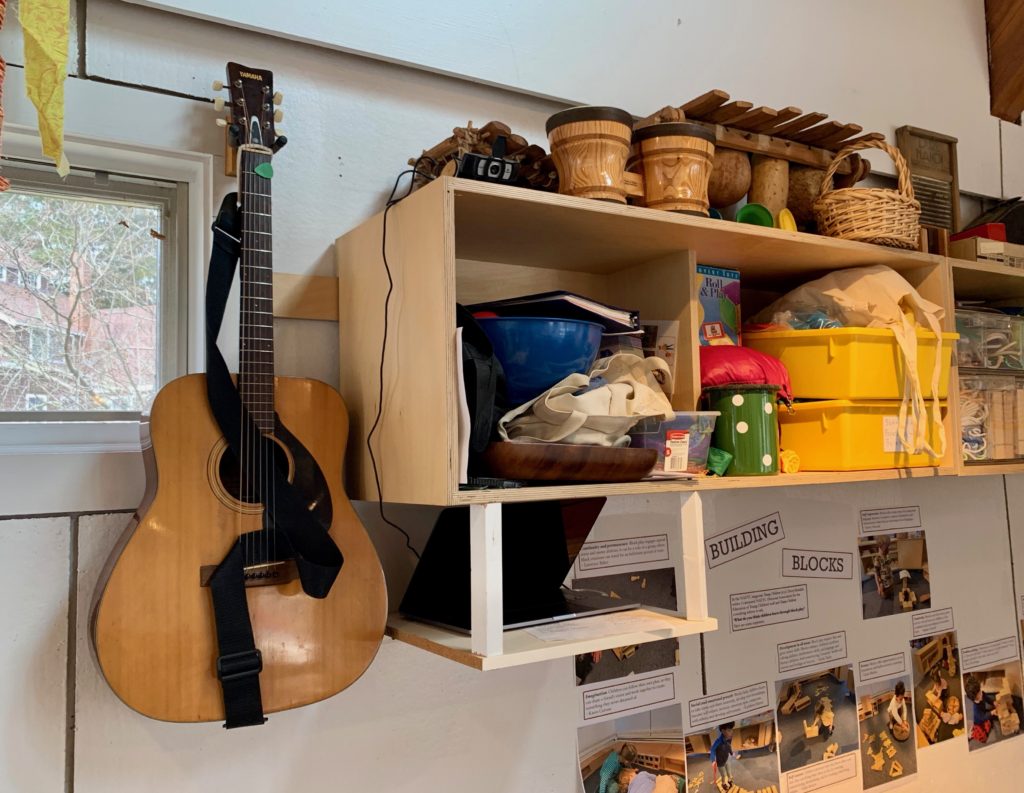
In the classroom for the youngest children (2 years and 9 months and up), I was particularly impressed with the plush Audubon birds chosen by each child at the beginning of the year to learn about and to keep at school for comfort. Each child had his/her own red-winged blackbird or owl or cardinal to carry around or to stow. What a great way for kids to relate touchables with seeable flyers and readable books!
Cleta, who has been studying the Reggio approach for more than 15 years, is helping me understand how the Reggio schools came into being:
It was the citizens of the city of Reggio Emilia, Italy, especially the women, who started preschool programs there, literally building them from the rubble of WW II. It was Loris Malaguzzi who, together with teachers and community members, guided and shaped this approach. He articulated the idea of “The Hundred Languages of Children” in contrast to the American idea of “the 3 R’s” as the basis of education. All the areas that we tend to isolate and label as “arts,” like drawing, painting, sculpting, storytelling, dancing, singing, dramatizing, and more, are regarded as equally valid languages, accessible for all children to learn to use, in many combinations, for deepening their understanding as they investigate the world together and enriching their ways of expressing their understanding.
This photo shows our family in 1980. In the late 70s and early 80s all three children attended cooperative preschools in Arlington VA. Like Lincoln Nursery School, Rock Spring Cooperative Preschool had and continues to maintain a rich, welcoming environment, which engages the family in the educational process. Lilli and David thrived there and I learned lessons very useful in my piano teaching. Shelby attended a different cooperative preschool in Arlington from which we both benefitted. It has been interesting to observe positive results from the preschools my five grandchildren have attended, though I wish their parents and I had known to look for and appreciate any incorporation of the Reggio Emilia approach.
WHO ARE YOU? Seeing this display in the 5-year-olds’ class at Lincoln with the immortal words of Mr. Rogers has prompted me to take another self-examination. I am asking myself yet again who am I? I am pondering my own early childhood in the Panhandle of Texas in the late 1940s, which I have always considered a very happy one. Preschools were simply not available. How lucky I was that my Mother sang songs with me and introduced me to her piano. That my Dad cooked me special treats and read me lots of stories. That my older brothers, Joel and Harry, showed me the best of the neighborhood and always looked out for me. That most of our neighbors acted as surrogate parents. Though I lacked encouragement to express myself in visual arts or athletics, I later became an aficionado of museums and exercising.
Public schools in Texas did not yet include Kindergartens, but I attended a private Kindergarten in Phillips. Mrs. McCarroll was a magnificent and memorable teacher. She involved my mother in teaching us 5-year-olds music and other parents in teaching us to square dance. I especially remember our trip to KGNC radio station. We carpooled 26 miles to Panhandle and then took our very first (and very short) train ride another 26 miles to Amarillo to attend the on-air reading of the comics on a Sunday morning. That morning I got to speak into a microphone for the first time: “This is KGNC radio in Amarillo, Texas, the 10,000-watt voice of the Golden Spread.”
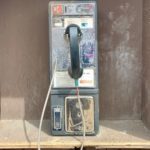 When I saw this now-obsolete pay telephone in a booth beside the playground at Lincoln, I recalled a field trip my Girl Scout troop took to the local telephone exchange, where we saw busy women connecting people in the Phillips-Borger community with telephone cables. At home we had a black phone with no dial, from which we called one of those operators to connect us. I remember our number was 2415-R. With the advent of dial phones, it was seven digits, BRoadway 4-2727. Elsewhere at Lincoln I saw old dial telephones that kids could play with, thereby connecting their hands with a real object from their own parents’ pre-cellular history.
When I saw this now-obsolete pay telephone in a booth beside the playground at Lincoln, I recalled a field trip my Girl Scout troop took to the local telephone exchange, where we saw busy women connecting people in the Phillips-Borger community with telephone cables. At home we had a black phone with no dial, from which we called one of those operators to connect us. I remember our number was 2415-R. With the advent of dial phones, it was seven digits, BRoadway 4-2727. Elsewhere at Lincoln I saw old dial telephones that kids could play with, thereby connecting their hands with a real object from their own parents’ pre-cellular history.
Cleta continues to educate me about the many ways to learn and creative ways to support learning:
As an approach that is organically and continuously growing from its own historical and cultural roots, Reggio offers an inspiration of a specific city-wide, city-funded, system of individual schools whose teachers work collaboratively within and among schools to support teachers’ roles as researchers into how children think and learn. And each of those schools is supported by an atelierista (studio teacher who has special training in visual arts, sculpture, music , etc) and every group of 3 schools is supported by a pedagogista, who has specialzed experience in supporting the ongoing work and professional growth of teachers as they think about next steps in choosing provocations to challenge and support children’s thinking and work.
- One basic idea is that teachers, children, and parents are all protagonists of the educational drama–all are teachers and all are learners.
- One big difference is that most American programs of many different types, including Montessori, take a Piagetian individual constructivist perspective: each child is indvidually constructing their own ideas and understanding. Reggio work is based on a social-construction perspective– that children listen to and build on each other’s ideas, and as members of a group construct understandings together. So they are encouraged to work together in small groups, and to share their group’s ideas with other groups.
The Reggio approach sounds like the collaboration many business organizations are now striving to implement. This inspiring preschool in Lincoln MA has inspired me to reexamine what I learned when working for my Master of Arts in Piano Pedagogy from Catholic University of America in 1996. Did I provide my students and my children many ways to learn and really listen to what they came up with? Did we have enough interaction and team building? Am I applying these sound principles as I continue to teach a few piano students and tutor young readers as a volunteer with the Literacy Coalition of Palm Beach County?
What more can I learn from the Germans who invented Kindergartens, from the Swiss who produced Jean Piaget, from the Italians who gave us Montessori and Reggio Emilia? What’s ahead in early childhood education?
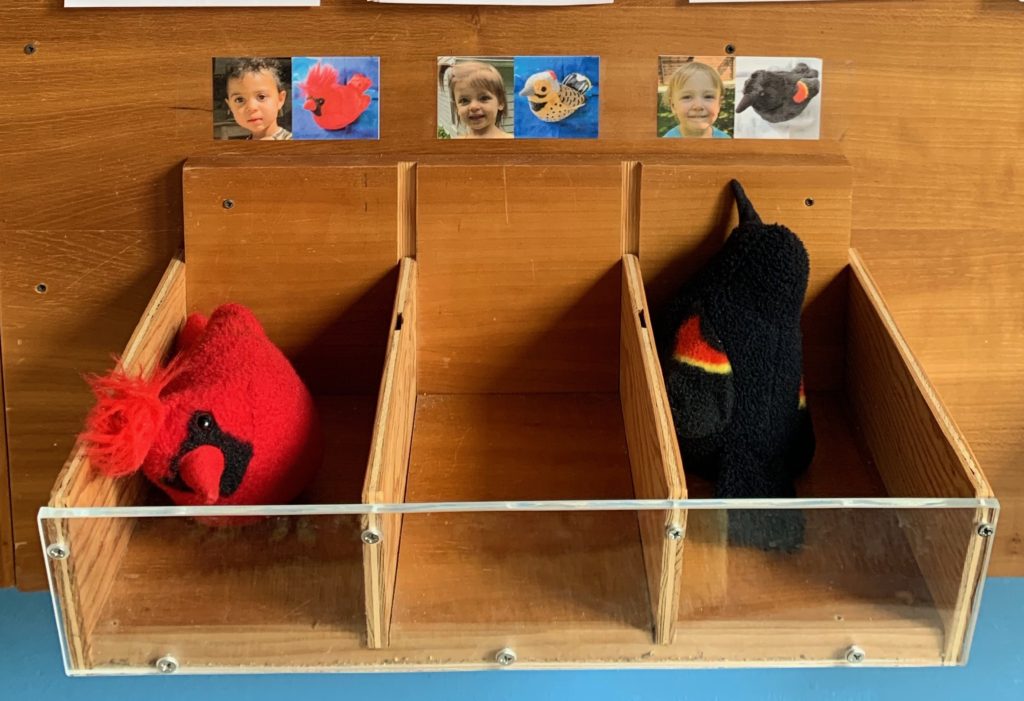
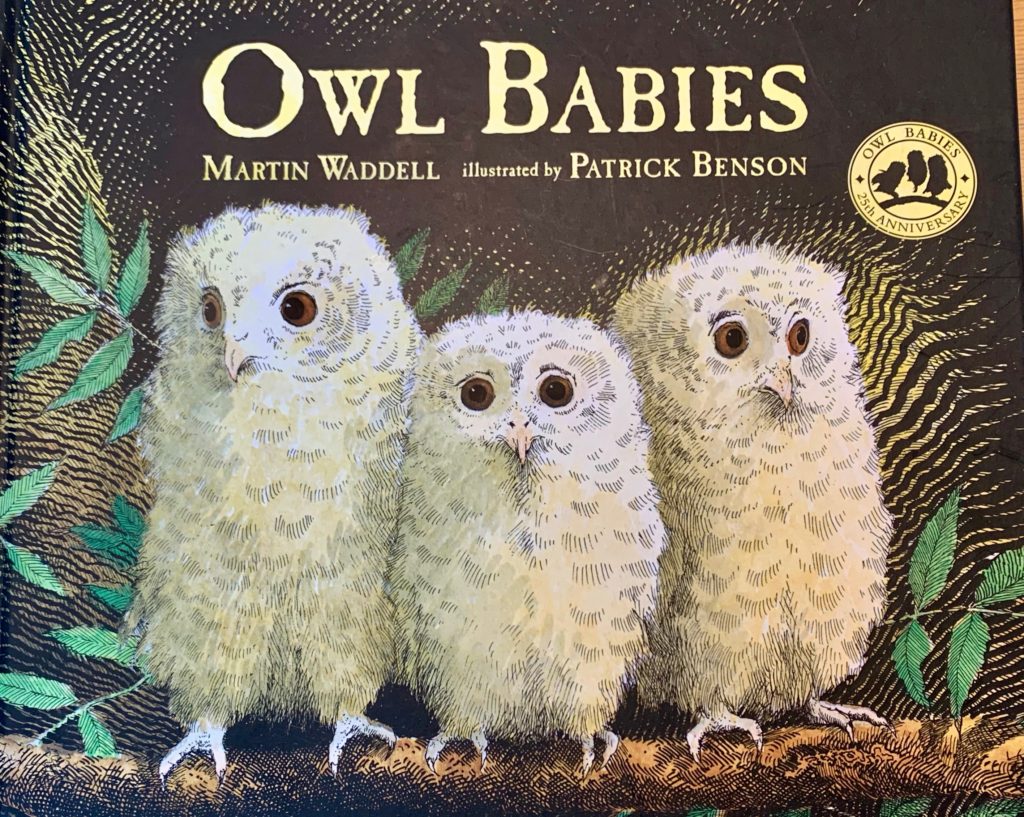
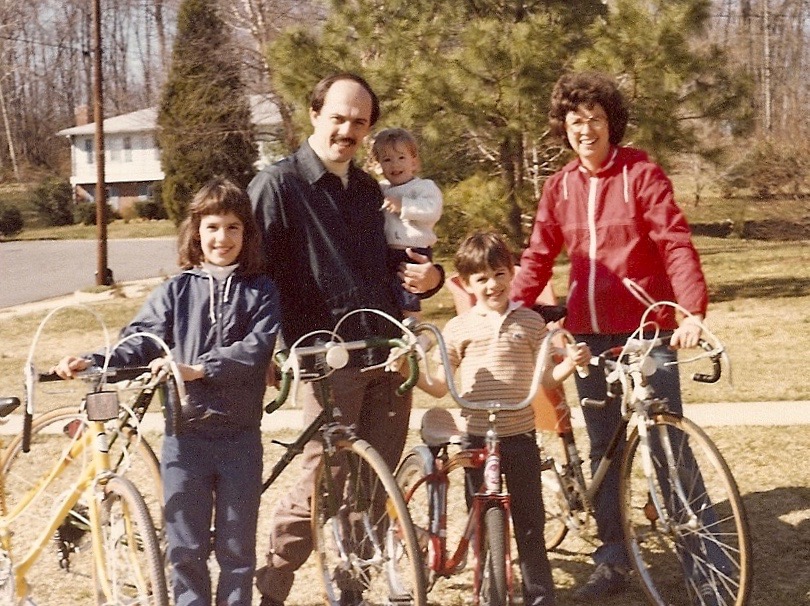
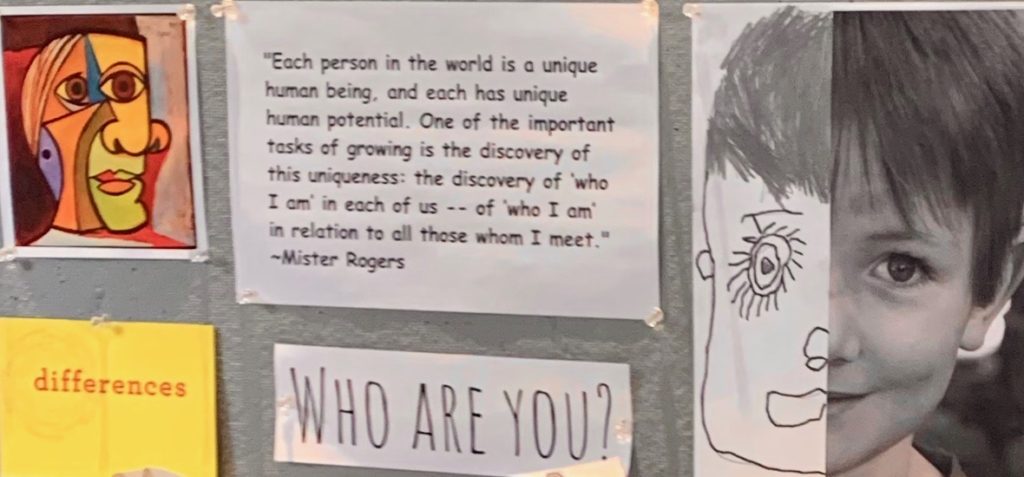
Leave a Reply